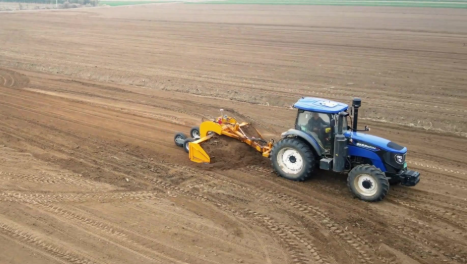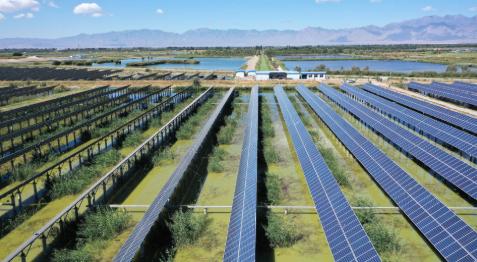When people think of farming, they often picture wide open fields, tractors, and early mornings. But the reality is changing fast. Climate change, labor shortages, land degradation, and rising food demands are pushing traditional agriculture to a breaking point.
So the big question is: Can traditional farming keep up with the future?
The answer lies not in abandoning what works—but in transforming how we grow, manage, and deliver food.
Why Traditional Farming Needs a Shift
Modern challenges are making it harder for traditional farms to survive, let alone grow.
Climate volatility makes harvests unpredictable
Soil degradation reduces yield over time
Water scarcity threatens crop health in many regions
Aging farmer populations and shrinking rural labor force
Consumer demand for safer, fresher, and more sustainable food
Old tools and practices are no longer enough. Farmers need to adapt, not just to survive—but to thrive.

How Can Traditional Farming Transform?
Transformation doesn’t mean replacing tractors with robots overnight. It means building smarter, more resilient systems step by step. Here's how:
✅ Embrace Smart Technology
Sensors, drones, GPS, and farm management software can help farmers track soil conditions, predict weather, and optimize water use. This kind of precision agriculture reduces waste and boosts productivity.
A cotton farm in Texas reduced water usage by 30% after switching to sensor-controlled irrigation. Fields once watered manually now get moisture only when needed, saving time and money.
✅ Integrate Digital Tools
Mobile apps for planting schedules, disease alerts, and even livestock tracking give farmers better control over their operations.
In Kenya, small-scale farmers use mobile apps to diagnose plant diseases and connect directly with buyers. This bypasses middlemen and increases profit margins.
✅ Shift Toward Sustainable Practices
Crop rotation, reduced tillage, cover cropping, and organic fertilization all help restore soil health. Healthier soil equals healthier crops—and less reliance on chemicals.
A rice farm in Thailand switched to alternate wetting and drying techniques, saving water and cutting methane emissions without reducing yields.
✅ Combine Greenhouses with Open-Field Farming
Using greenhouses to grow high-value crops while keeping staple crops in the field provides flexibility and stability.
Chengfei Greenhouse works with hybrid farms to introduce modular greenhouses for vegetables, herbs, and seedlings. This lets farmers extend growing seasons and reduce climate risks while keeping their main crops outside.
✅ Improve Supply Chains
Post-harvest losses eat into farm profits. Upgrading cold storage, transport, and processing systems keeps products fresh and reduces waste.
In India, farmers who adopted refrigerated storage systems for mangoes extended shelf life by 7–10 days, reaching more distant markets and earning higher prices.
✅ Connect to Direct-to-Consumer Markets
Online sales, farmer boxes, and subscription models help farms stay independent and earn more per product. Consumers want transparency—farms that share their story win loyalty.
A small dairy in the UK grew 40% in one year after launching a direct milk delivery service paired with social media storytelling.

What’s Holding Farmers Back?
Transformation isn’t always easy, especially for smallholders. These are the most common barriers:
High initial investment in equipment and training
Lack of access to reliable internet or technical support
Resistance to change, especially among older generations
Limited awareness of available tools and programs
Policy gaps and insufficient subsidies for innovation
That’s why partnerships—between governments, private companies, and research institutions—are essential to help farmers take the leap.
The Future: Tech Meets Tradition
When we talk about the future of farming, it’s not about replacing people with machines. It’s about giving farmers the tools to grow more with less—less land, less water, fewer chemicals, less uncertainty.
It’s about using data and technology to bring precision to every seed planted and every drop of water used.
It’s about combining old wisdom—passed down from generations—with new insights from science.
It’s about building farms that are climate-smart, economically sustainable, and community-driven.
Traditional Doesn’t Mean Outdated
Farming is one of humanity’s oldest professions. But old doesn’t mean outdated.
Just as phones have evolved into smartphones, farms are evolving into smart farms.
Not every field will look like a science lab—but every farm can benefit from some level of transformation.
With thoughtful upgrades and a willingness to adapt, traditional agriculture can remain the backbone of food production—just stronger, smarter, and more sustainable.
Welcome to have a further discussion with us.
Email:Lark@cfgreenhouse.com
Phone:+86 19130604657
Post time: Jun-01-2025







 Click to Chat
Click to Chat